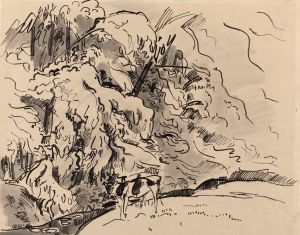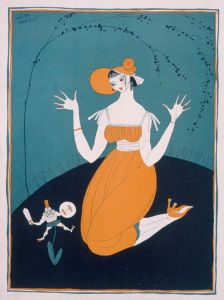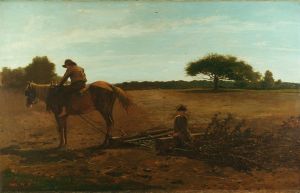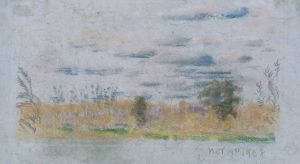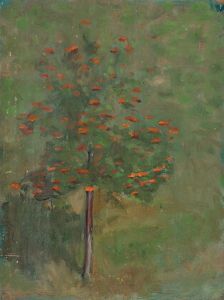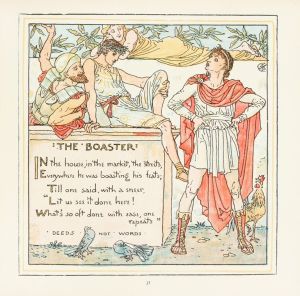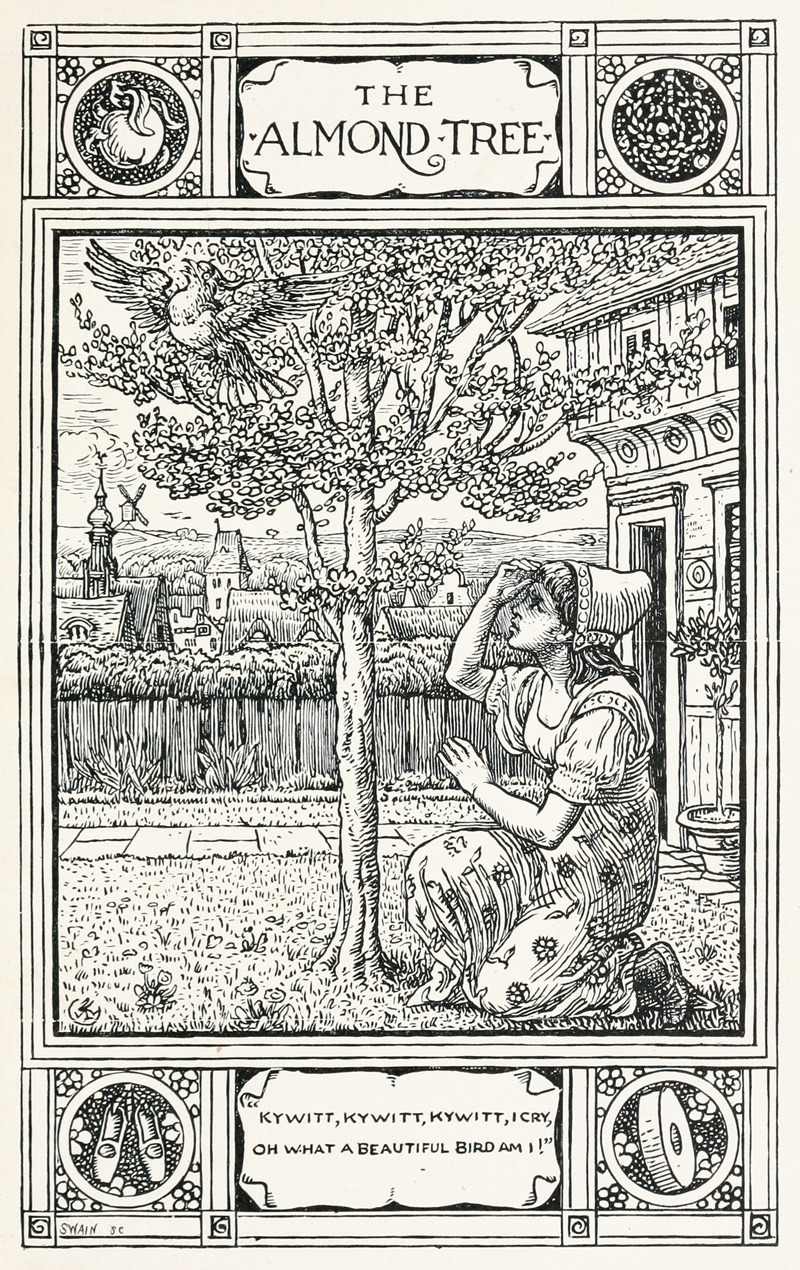
The Almond Tree
A hand-painted replica of Walter Crane’s masterpiece The Almond Tree, meticulously crafted by professional artists to capture the true essence of the original. Each piece is created with museum-quality canvas and rare mineral pigments, carefully painted by experienced artists with delicate brushstrokes and rich, layered colors to perfectly recreate the texture of the original artwork. Unlike machine-printed reproductions, this hand-painted version brings the painting to life, infused with the artist’s emotions and skill in every stroke. Whether for personal collection or home decoration, it instantly elevates the artistic atmosphere of any space.
Walter Crane (1845–1915) was a prominent English artist and illustrator, known for his contributions to the Arts and Crafts movement and his work in children's book illustrations. Among his diverse body of work, "The Almond Tree" stands out as a notable piece, reflecting his artistic style and thematic interests.
"The Almond Tree" is an illustration that showcases Crane's affinity for nature and his ability to blend natural elements with decorative art. Crane was deeply influenced by the Pre-Raphaelite Brotherhood and the Aesthetic Movement, both of which emphasized beauty and detail in art. His work often featured intricate designs and a harmonious balance between form and color, which can be observed in "The Almond Tree."
Crane's illustrations were characterized by their fluid lines and vibrant colors, often incorporating elements of mythology and symbolism. In "The Almond Tree," these characteristics are evident as Crane captures the delicate beauty of the almond tree, a subject that symbolizes renewal and hope. The almond tree, with its early blossoms, is often associated with the arrival of spring, a theme that aligns with Crane's interest in the cycles of nature and life.
Throughout his career, Crane was known for his ability to integrate art with social ideals. He was a socialist and believed in the democratization of art, advocating for art to be accessible to all, not just the elite. This philosophy was reflected in his work with the Arts and Crafts movement, which sought to bring craftsmanship and artistic integrity to everyday objects. "The Almond Tree," while primarily an illustration, embodies this ethos by transforming a simple natural subject into a piece of art that can be appreciated by a wide audience.
Crane's work was not limited to illustrations; he also designed wallpapers, textiles, and ceramics, often featuring similar motifs and themes found in his illustrations. His ability to work across different mediums and his dedication to the principles of the Arts and Crafts movement made him a key figure in the development of decorative arts in the late 19th and early 20th centuries.
"The Almond Tree" is a testament to Crane's skill as an illustrator and his commitment to creating art that is both beautiful and meaningful. His work continues to be celebrated for its artistic merit and its contribution to the broader cultural movements of his time. Walter Crane's legacy as an artist is marked by his ability to blend aesthetic beauty with social consciousness, a combination that is evident in the delicate and thoughtful rendering of "The Almond Tree."
In summary, "The Almond Tree" by Walter Crane is a reflection of his artistic style, characterized by detailed illustration, vibrant color, and thematic depth. It exemplifies his contribution to the Arts and Crafts movement and his belief in the accessibility of art. Through this work, Crane continues to be remembered as a pivotal figure in the history of art and illustration.






